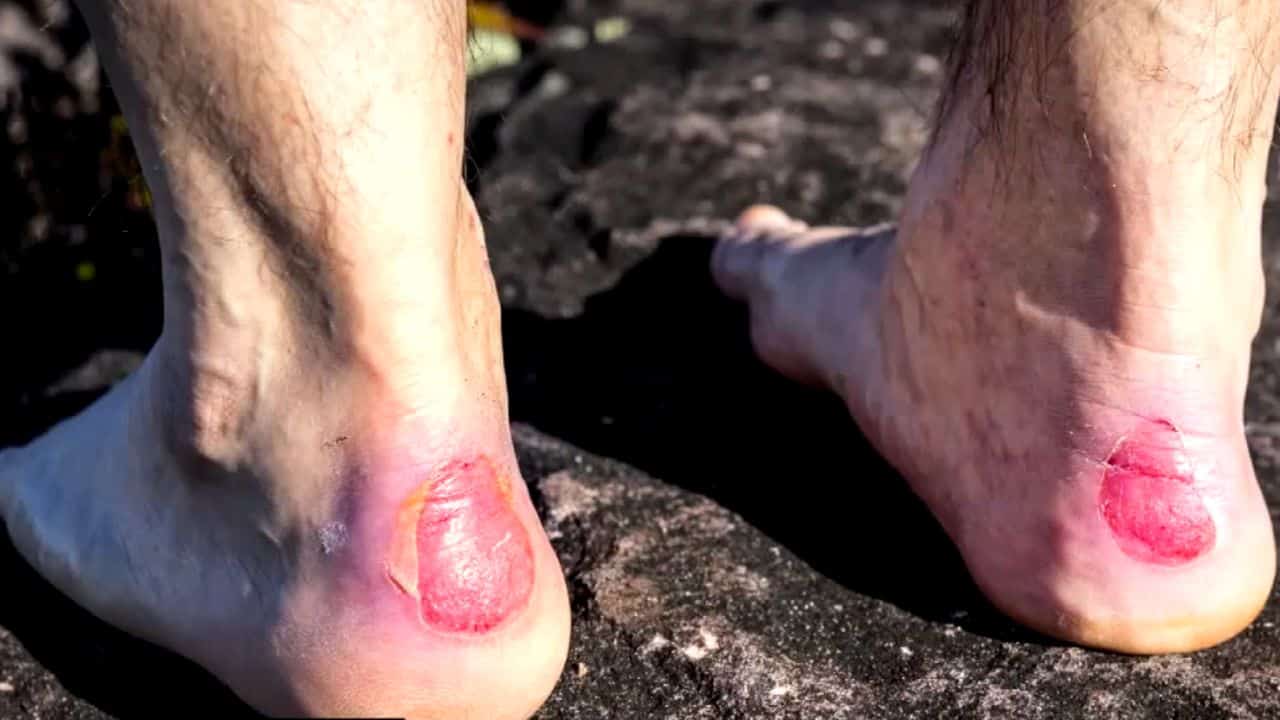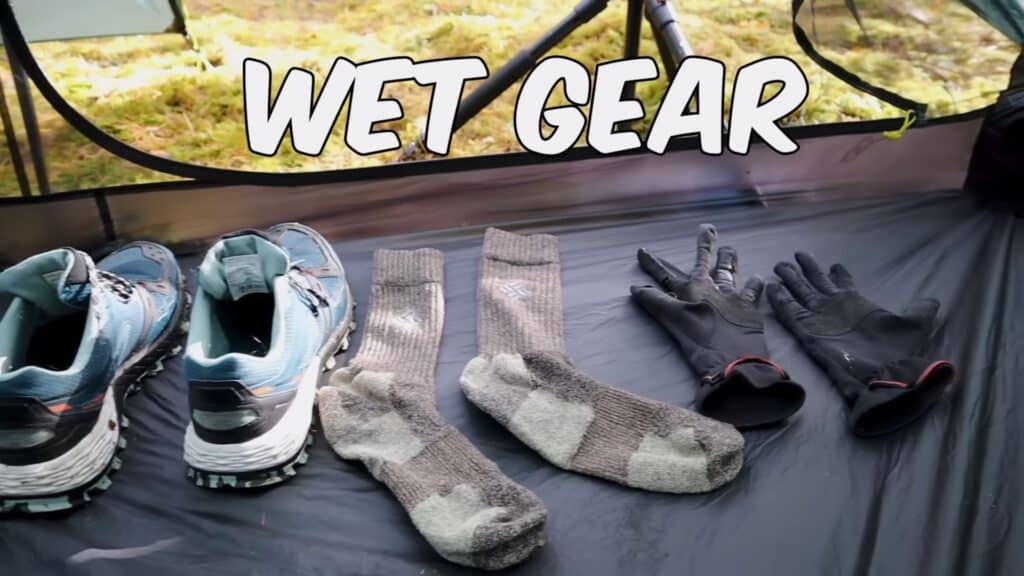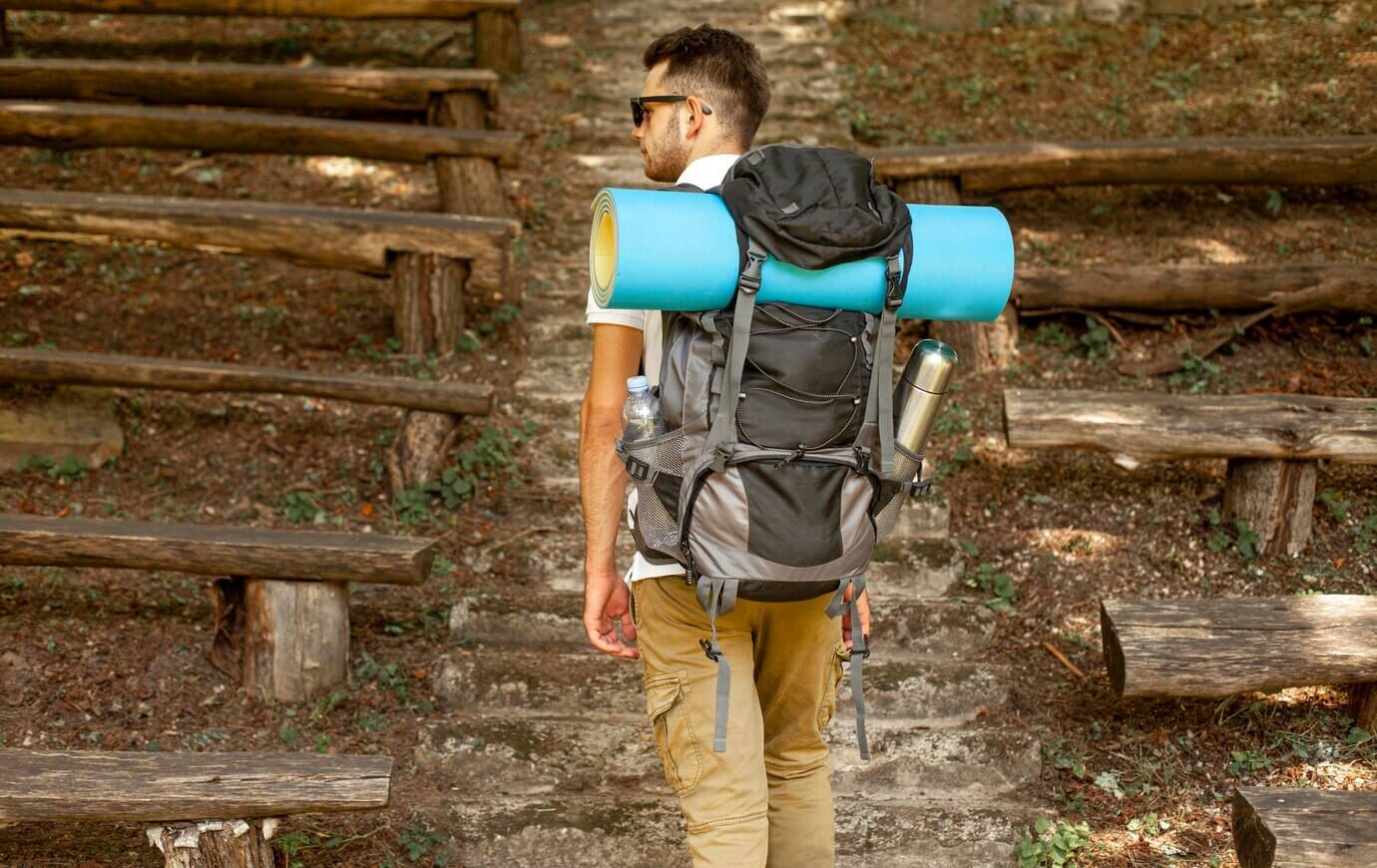We all have that one friend who just doesn’t like hiking and chances are that they don’t like it because they made one of these five beginner hiking mistakes. Starting your hiking journey is thrilling, but it’s easy to make a few rookie mistakes along the way. Here are five common pitfalls beginner hikers face and how to avoid them for a safer, more enjoyable adventure.
On one of their first backpacking trips you probably already know that to avoid blisters you should break in your hiking boots wear Marino wool socks and tape your feet as soon as you start to feel any hot spots but even though you follow all of this advice you still get blisters. So why is that I found from my own personal experience three other factors that are equally important which are Following:

I’ve tried a lot of different Marino wool hiking socks cheap ones and expensive ones and I still haven’t found a single pair of cheap Marino wool socks that don’t cause blisters. The only ones that have worked for me are the ones made by Darn Tough, Smart wool or silver light. So I would recommend even for beginners to invest in a pair of good quality Marino wool socks because you’ll be saying goodbye to blisters.
• Hiking Footwear
Another equally important thing is finding hiking Footwear that fits your feet perfectly. When you first put them on you shouldn’t feel like you need to break them in. This is much more important than actually breaking in your hiking shoes because you’ll pretty much be facing an uphill battle if they don’t fit you from the start the toe box should be wide and your toes shouldn’t dig into it the heel area should be nicely padded all around. So that you don’t get any Bruises and it shouldn’t be moving up and down when you walk.
2. Layering
When hiking in autumn winter or spring layering is super difficult to get right wear too much and you’ll start sweating losing energy and getting tired wear too little and you’ll just get cold and have a miserable experience. So here’s how you do it right.
Essentially you need to be layering in three layers.
• The Base Layer
The base layer is there to Wick all the sweat away from your body and move it towards the outer layers which will keep you dry and warm. If you have the budget you can get a Marino wool base layer but it honestly isn’t a must because you can also do with synthetic polypropylene base layers which work very similarly except they start to sweat and smell bad much quicker.
• The Mid Layer
The mid layer is there to keep you warm and this is usually achieved with Dawn jackets or with fleeces. If you’re in a budget then you can definitely get a synthetic fleece which will keep you almost as warm as a dawn jacket.
• The outer shell
The outer shell is there to protect you from wind and rain. And this is usually done with rain jackets and rain pants.
Another really important thing to nail just right is when to wear each of the layers and a good phrase to remember here is “Be bold, start cold”. The main idea here is that you should feel a bit cold when you’re just starting hiking because as you work up your sweat you will become much warmer. And this will keep you from sweating and becoming cold later on. When hiking always wear the base layer but remove the mid layer or the outer shell depending on how cold it is and when you stop instantly put on all of the remaining layers back on to keep your warmth.
3. Wet Gears
Do not dry your wet hiking shoes gloves socks or your rain jacket inside the tent this will cause some of the moisture to evaporate and increase the condensation in the tent which in turn will make your other gear damp in instead put them all in a dry Sack or a trash bag overnight to isolate all of the moisture it’s much more efficient to dry your gear during the day in direct sunlight while having a pause or while having a meal.

4. Shoes Vs Shoes
One of the first things that a lot of beginners spend their money on is a pair of good hiking boots. But for summer hiking I would ideally recommend you to get hiking shoes or trail running shoes and reasoning is simple they’re much lighter placing extra weight on your feet is bad because this means that you will need to carry it with every step that you take it will wear you down much faster which means that in the end you won’t enjoy your hike as much.
But of course there is one very big issue with this you’re much more likely to sprain your ankle but sprained ankles usually happen because your feet aren’t used to the movement that happens when for example you slip on a rock so what you need to do is stretch out your ankles at least a few weeks before starting your hike this will highly reduce the chances of you spraining your ankle.
5. Pack Weight
I would say that carrying too much weight in your backpack is probably the number one reason why many people have so bad experiences out on the trail because it causes a lot of shoulder pain foot pain and in general a quicker loss of your energy so here are some realistic tips on how to quickly and cheap deeply reduce your pack weight:

Final Thoughts
If you did any other mistakes as a beginner, please write them down in the comments because it might help other people who are just starting out. Embarking on your hiking journey is all about learning, growing, and enjoying nature’s wonders. Mistakes are part of the process, but being prepared and mindful can help you avoid common pitfalls and make your adventures more rewarding. So, lace up your boots, pack wisely, and step into the great outdoors with confidence.
